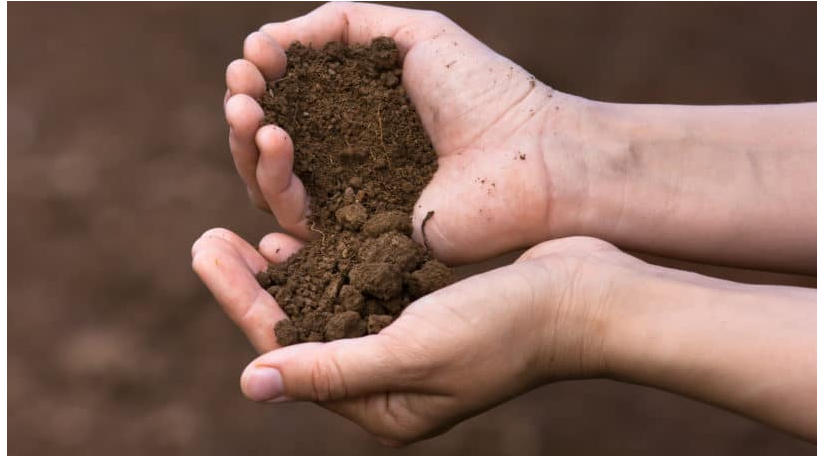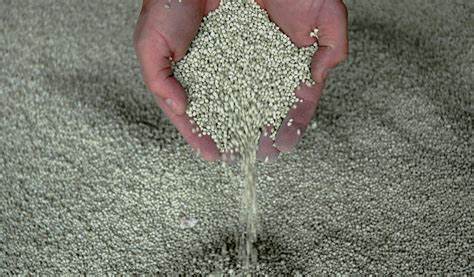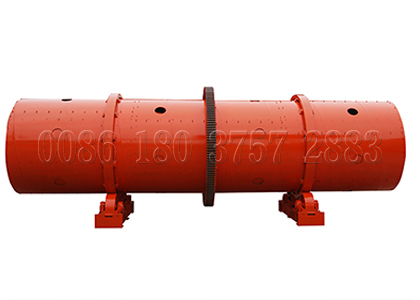There are many kinds of organic fertilizers on the market now. How to choose organic fertilizer scientifically and reasonably? If you want to buy high quality organic fertilizer, you should combine the following principles.

Top Three Ways to Choose Quality Processed Organic Fertilizer Products
First: What’s the organic fertilizer composed of?
1. Organic fertilizer must be decomposed completely before application. Like regular and qualified company products, all products adopt the most advanced organic fertilizer decomposition technology. Through the long-term fermentation of fermentation bacteria, bacteria can be completely killed and completely decomposed.
Second: How about the production standard?
2. Comply with organic fertilizer production standards. When purchasing organic fertilizer, you should clearly see the national standards. The organic content was + 45%, the total content of nitrogen, phosphorus and potassium was + 5%, the beneficial bacteria was ± 20 million / g, and the lactic acid was + 8%. SX organic fertilizer granulation mechanism makes granular fertilizer products have more comprehensive nutrients.
Third: What’s the smell of the organic fertilizer?
3. Smell the odor, the organic fertilizer has been deodorized in the production process, there should be no odor.
High quality organic fertilizer should contain a variety of beneficial microorganisms, which can continuously release nutrient elements and plant growth hormone needed by plant growth. High organic matter content can increase soil unity and particle structure, and improve soil fertility, moisture and heat preservation ability. The results show that the effect of fertilizer is long, the nutrition is released evenly and the effective period is long. Improve the micro ecological environment of crop roots and promote root growth.




